How To Get Money Out Of Your Home Without Selling It: 4 Creative Ways To Do It
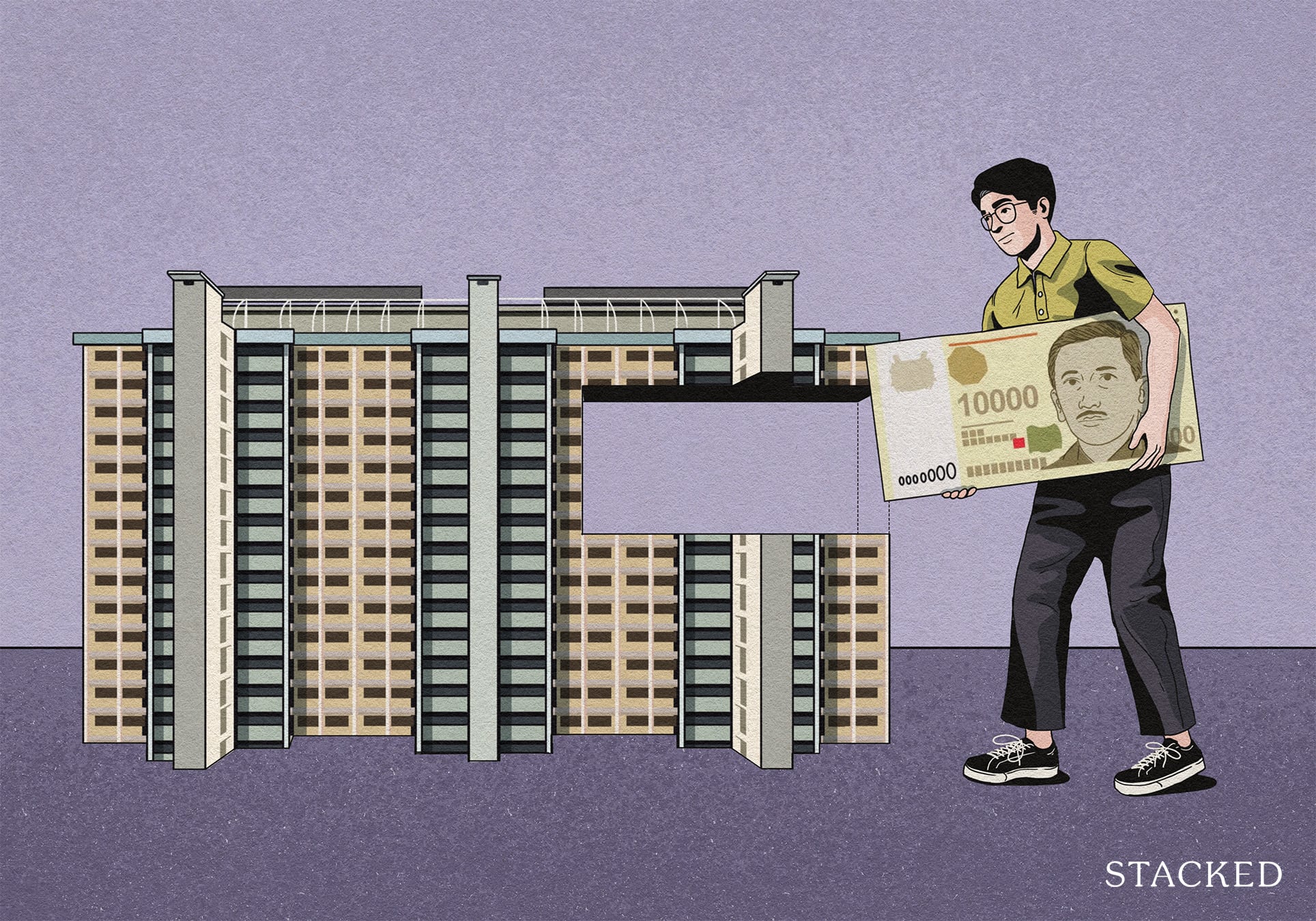
Get The Property Insights Serious Buyers Read First: Join 50,000+ readers who rely on our weekly breakdowns of Singapore’s property market.
A seasoned content strategist with over 17 years in the real estate and financial journalism sectors, Ryan has built a reputation for transforming complex industry jargon into accessible knowledge. With a track record of writing and editing for leading financial platforms and publications, Ryan's expertise has been recognised across various media outlets. His role as a former content editor for 99.co and a co-host for CNA 938's Open House programme underscores his commitment to providing valuable insights into the property market.
It’s a story we come across surprisingly often: someone has a fully-paid up flat, condo, or perhaps even a $6 million bungalow (you can read about a real-life story here). However, they lack sufficient income as retirees or are facing retrenchment. You can even see two further cases, in a recent BT piece on asset rich but cash poor owners.
“Just sell the house” may seem like common sense advice, but it’s not always feasible – especially for older folks who’d struggle to move in their senior years. Here’s a look at some possible alternatives:
Let’s start with the topic of renting out your home
This is the most obvious apparent answer, so let’s get it out of the way first.
Renting out a home is arguably one of the best ways to monetise your property; but it’s not always feasible. For HDB flats, you do need to have at least a 3-room flat to be able to rent out a room; and if your family is living with you, chances are there’s no room for a tenant even in a bigger flat.
For property owners who are already cash-strapped, there’s an added risk: they may not have the funds to repair any damage to the property, if they happen to get a bad tenant. Couple this with potential risks like late payment, and you can see why rental isn’t a cure-all.
Also, for those who don’t foresee ever recovering their income (e.g., retirees who can’t go back to work), it’s daunting to think of living with tenants for decades to come, or possibly to the end of your life.
So in practice, while many could rent out their property, it’s not for everybody. There is one way to make rental a bit more bearable, however, which we cover below:
Some other methods to consider:
Table Of Contents
1. Lease Buyback Scheme
The Lease Buyback Scheme (LBS) is for HDB properties only, excluding Executive Condominiums (ECs).
Using the LBS, you can sell back a portion of your flat’s lease to the government. The sale proceeds are used to top up your CPF Retirement Account (CPF RA), and you might get a bonus on top of the proceeds.
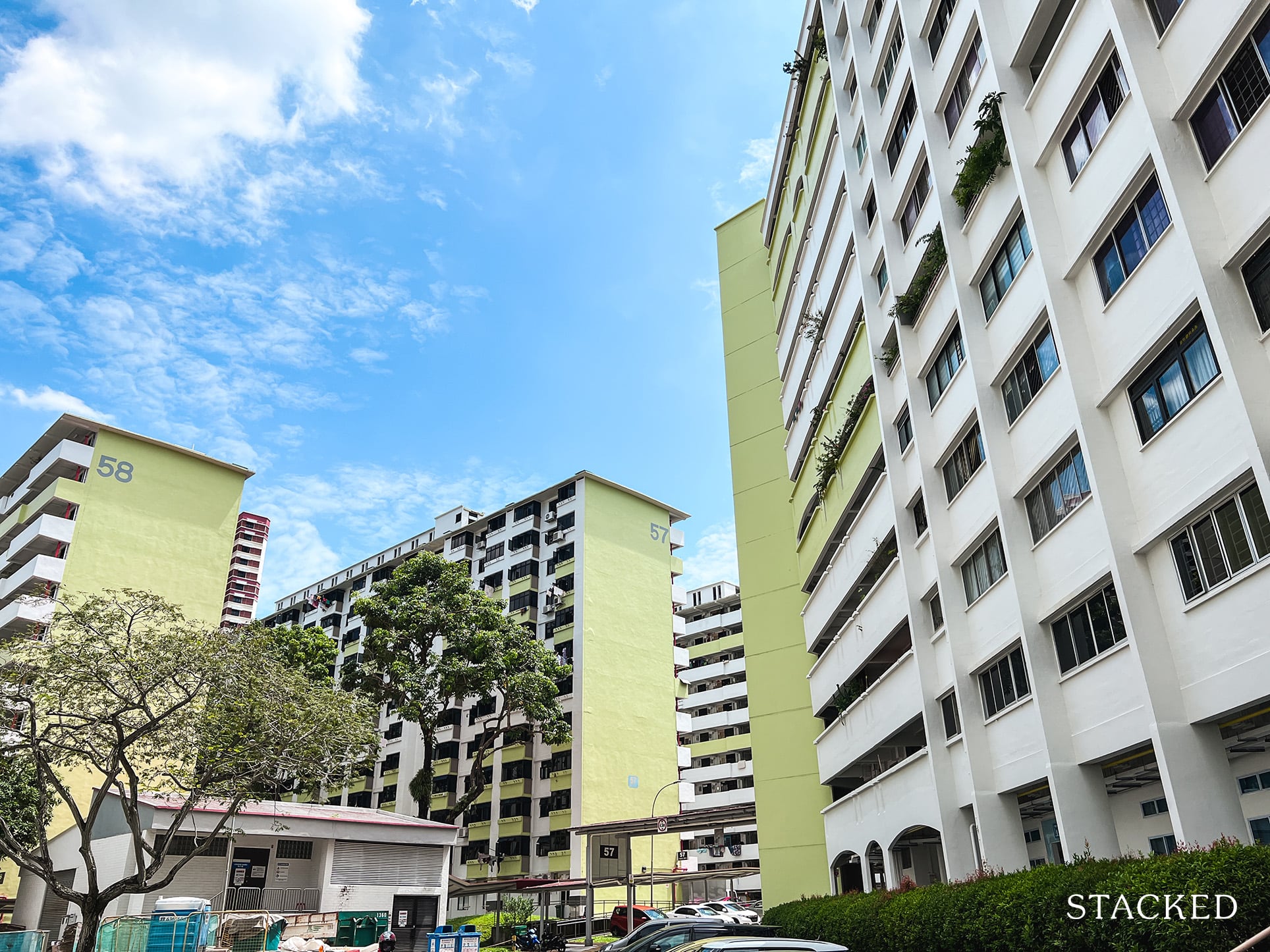
Before doing this, you need to meet the eligibility requirements, which are:
- Being at least 65 years old
- One owner must be a Singapore Citizen
- Gross monthly income must not exceed $14,000
- You must have completed the five-year Minimum Occupancy Period (MOP)
- You must not own any other residential property
- The property must have at least 20 years of lease to sell back, and it cannot be a short-lease flat, HUDC flat, or EC.
Take for instance a 65-year-old flat owner, who is in need of a higher income and has a fully-paid up flat. The flat is just 30 years old, so there are 69 years left on the lease.
This retiree could sell 35 years off the flat’s lease, and still stay in the flat up to the age of 99.
The minimum lease you need to retain is as follows:
| Age of youngest owner | Minimum lease retained | Other options |
| 65 to 69 | 30 | 35 |
| 70 to 74 | 25 | 30,35 |
| 75 to 79 | 20 | 25,30,35 |
| 80+ | 15 | 20,25,30,35 |
How much you get for selling back your lease depends on what HDB will give you. Selling back a large chunk like 30 years could, as a loose estimate, net you somewhere in the region of $200,000+ (but this varies based on your flat, so you’ll have to check with HDB).
Assuming you top up your RA by at least $60,000 or more, you get a bonus as follows:
- $30,000 for a 3-room or smaller flat
- $15.000 for 4-room flats
- $7,500 for 5-room or larger flats
Otherwise, if your total top up is less than $60,000, you get a bonus as follows:
- $1 for every $2 CPF top up (3-room and smaller flats)
- $1 for $4 CPF top up (4-room flats)
- $1 for every $8 CPF top up (5-room or bigger)
If the top up exceeds your Full Retirement Sum (check with CPF to determine the retirement sum relevant to your age), the excess can be taken in cash.
You can then buy CPF Life through your now topped up CPF RA, which will give you regular payouts for the rest of your life. In this way, you’ve gotten an income out of your flat, without having to sell it or rent it out.
(The technicalities of CPF Life are beyond the scope of this article, but you can check out the details and payouts here.)
If you opt for the LBS, you can no longer sell your flat on the open market. But in the context of this article, we don’t think this is a major drawback – the whole point of this solution is to monetise your property without having to sell and move.
Just be sure you understand there’s no going back, once you take this course of action.
2. Cash-out refinancing
This is an option only for private properties.
Cash-out refinancing options differ between banks, so they’re not all the same. Nonetheless, they have some general similarities: they all involve taking out a loan with your property as collateral.
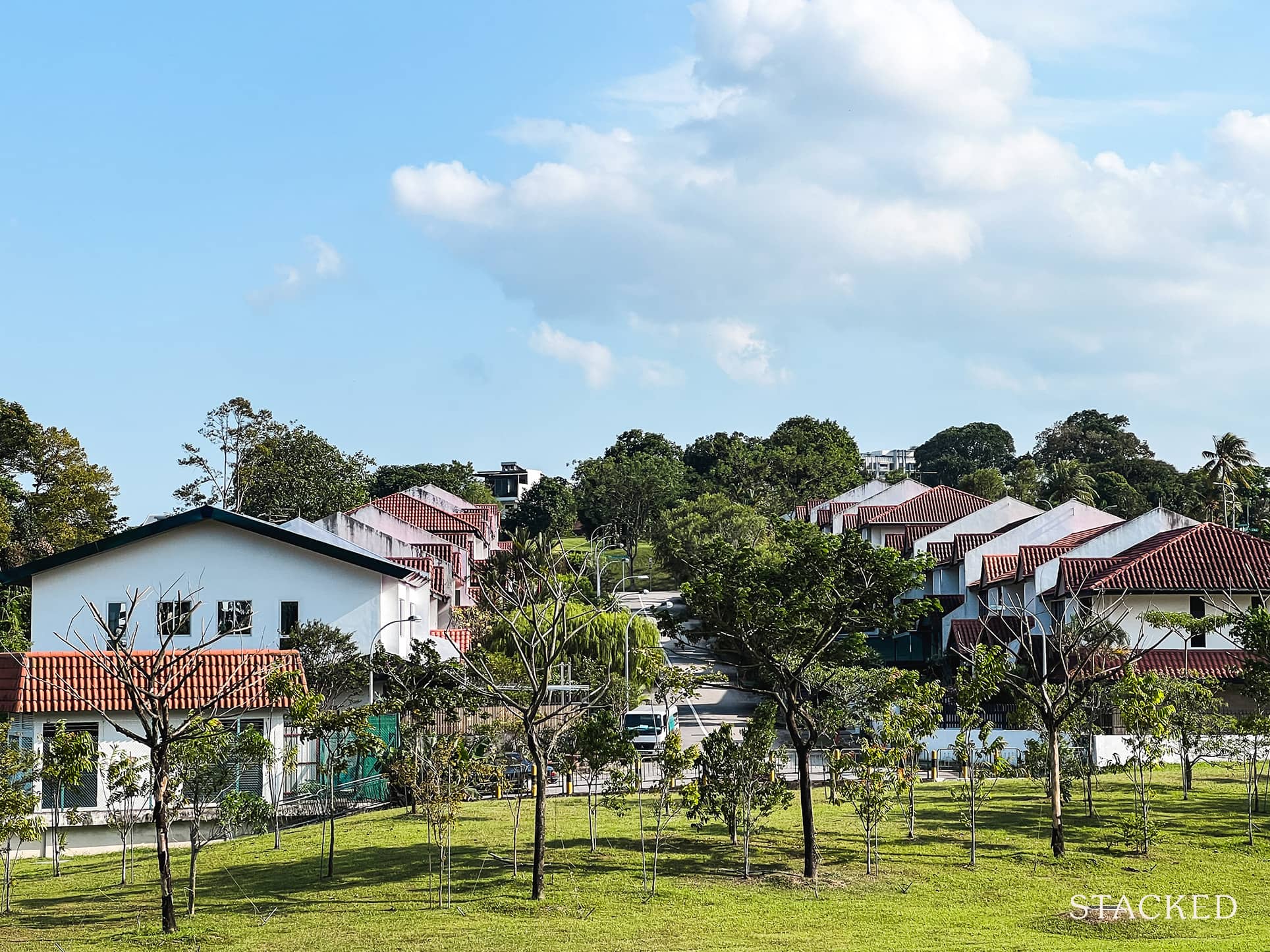
For example:
Say you own a valuable $5 million bungalow, but are completely cash-strapped. Assuming you have no major debts and a good credit record, a bank may offer you a cash-out refi option.
You can borrow up to 75 per cent* of the property value, minus any outstanding loan** or CPF monies you’ve used.
So if you haven’t used CPF money and it’s fully paid up, this is a huge loan quantum of $3.75 million.
The interest rate on this loan differs between banks; but because this is a secured loan, the interest rate is much lower than options such as lines of credit, or personal loans. As of 2023, we understand that the interest rate is often close to the current home loan rates.
Remember that you don’t need to borrow the full amount, you can also opt for a lower quantum, such as 50 per cent of your property value. With these types of loans, the key is to borrow only what you need.
Unlike the LBS for HDB properties, the money is received in cash, not into your CPF. You are also still free to sell the property, if you decide you want to do so later.
A key point to note is that the loan amount is based on the CURRENT property value, not on the original property price.
Say you bought the property for $1 million many decades ago, and it’s now worth $3 million. Assuming you can borrow 75 per cent of its value, you could borrow 75 per cent of $3 million, not $1 million. As such, this is sometimes seen as a way to “unlock” the equity value.
That said, banks in 2023 seem more reluctant to offer cash-out refinancing. It can also be emotionally painful, as it feels like you’re paying a mortgage all over again. Most importantly, you do need to make the monthly loan repayments, or risk losing the property.
*It’s not guaranteed that all banks will offer 75 per cent; some banks may offer less, based on factors like credit scores, lease decay, borrowers’ age, etc.
** If you have an outstanding home loan, the cash-out refi must come from the same bank you currently owe the mortgage to (you can’t have two different lenders with a claim to the same house).
3. Reverse mortgage
Traditional reverse mortgages are, to our knowledge, extinct in Singapore*. Without going into too much detail, most of them were terrible deals. There is, however, a better version currently offered by DBS.

(And no, this post is not sponsored by them, it’s just the only really viable one on the market right now).
The DBS Home Equity Income Loan is for private properties. To use it, you need to be a Singapore Citizen or Permanent Resident aged 65 to 79. You need to live in, and own, a fully paid-up private property.
The interest rate on the loan is always 2.88 per cent, and there’s a maximum loan tenure of 30 years (or until the youngest borrower turns 95 years old). When you take the loan, the money goes into your CPF RA. The money from the CPF RA is then used to buy into CPF Life, and increase your monthly payouts to the desired amount.
There are no monthly repayments on this loan.
The total loan amount, plus interest, is payable only at the very end of the loan tenure. It’s expected that, by this point, the sale of your property (which you’ll no longer need toward the end of your life) will more than cover the remaining loan amount.
This is one of the key areas where it differs from a cash-out refi (see above), as if you use a cash-out you need to make monthly repayments.
Note that in the meantime, you are free to sell the property and discharge the loan as normal, if you ever decide to do so.
*Financial institutions are always innovating, so it’s plausible that as you read this, someone, somewhere, has come up with a reverse mortgage again.
4. Renovating to make long-term rental more comfortable
A last resort, if you need to use rental as a long-term solution, is the skillful use of partitions, or adding a room to your home. If you don’t already have a dual-key unit, you can speak to contractors or Interior Designers, on how to almost split your home into two sub-units.
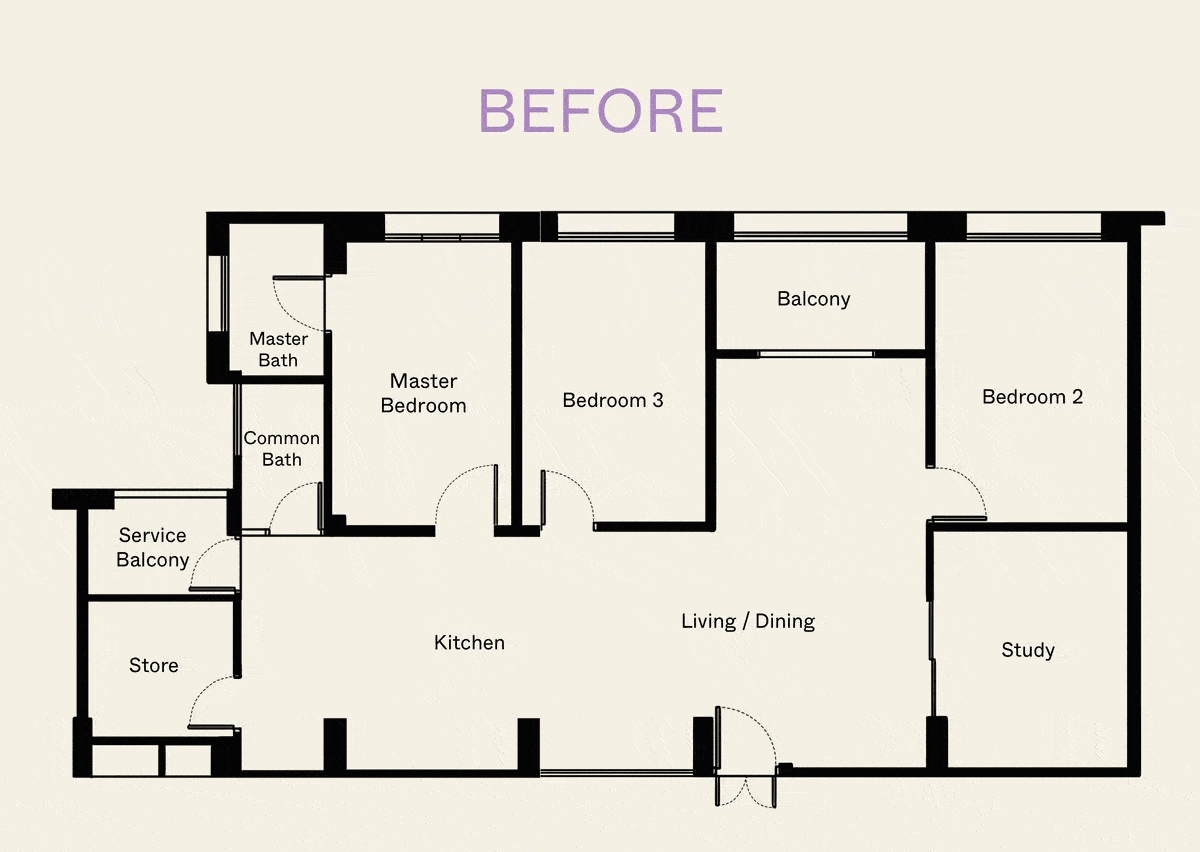
For example, you can have tenants living upstairs while you live downstairs, or side-by-side with just a few shared rooms (e.g., apart from a shared kitchen and bathroom, the tenant and you are well separated by partitions, and there’s lots of privacy).
Whether this is possible depends on the layout of your unit. Some floor plans – such as homes with dumbbell layouts – are more flexible than others. You also need to factor in the initial cost of renovation works, which can be quite high for larger landed homes.
With this in mind, remember a good way to avoid having your money “stuck” in property is to maintain your cash flow. Don’t rush to repay your home loan in record time, only to find that you lack emergency savings or disposable income. Having to use personal loans is always more expensive than just paying a mortgage.
At Stacked, we like to look beyond the headlines and surface-level numbers, and focus on how things play out in the real world.
If you’d like to discuss how this applies to your own circumstances, you can reach out for a one-to-one consultation here.
And if you simply have a question or want to share a thought, feel free to write to us at stories@stackedhomes.com — we read every message.
Ryan J. Ong
A seasoned content strategist with over 17 years in the real estate and financial journalism sectors, Ryan has built a reputation for transforming complex industry jargon into accessible knowledge. With a track record of writing and editing for leading financial platforms and publications, Ryan's expertise has been recognised across various media outlets. His role as a former content editor for 99.co and a co-host for CNA 938's Open House programme underscores his commitment to providing valuable insights into the property market.Read next from Property Advice

Property Advice We’re In Our 50s And Own An Ageing Leasehold Condo And HDB Flat: Is Keeping Both A Mistake?

Property Advice Should We Buy An Old 99-Year Leasehold Condo To Live In: Will It’s Value Fall When The Lease Runs Out?

Property Advice We Own A $800K 1-Bedder And A $1.1M 3-Bedder: Is It Possible To Upgrade To A 4-Bedder Condo?

Property Advice I Own A 55-Year-Old HDB Flat, But May Have To Sell — Can I Realistically Buy A Freehold Condo With $700K?
Latest Posts

Pro How A 625-Unit Heartland Condo Launched In 2006 Became One Of 2025’s Top Performers

Property Investment Insights Does Buying A One-Bedroom Condo Still Make Sense As An Investment In 2026

Property Market Commentary Why This Once-Ulu Town In Singapore Is Going To Change (In A Big Way)

Singapore Property News This HDB Just Crossed $1.3M For The First Time — In An Unexpected Area

Singapore Property News “I Never Thought I’d Be Sued by a Tenant.” What Long-Time Landlords in Singapore Miss

Property Market Commentary I Lived In Bayshore When It Was ‘Ulu’. Here’s How Much It Has Changed

Singapore Property News HDB Resale Prices Finally Slowed in 2025 — Will It Continue in 2026?

Singapore Property News Breaking News: District 23 Condo Sells Out In Under Two Years At $2,120 Psf Average

On The Market Here Are The Cheapest 3-Bedroom Condos in Central Singapore You Can Still Buy From $1.15M

Property Market Commentary Why The Singapore Property Market Will Be Different In 2026 — And It’s Not Just About Prices

Editor's Pick 2025 Year-End Review Of The Singapore Property Market: What The Numbers Reveal

Pro This 21-Year-Old Condo Didn’t Sell Out Initially, Yet Became A Top Performer

Editor's Pick How The HDB Resale Market Performed In 2025, And What It Means For 2026 Prices

Editor's Pick 4 Key Trends Reshaping Singapore’s New Launch Condo Market In 2026

Editor's Pick What I Only Learned After My First Year Of Homeownership In Singapore



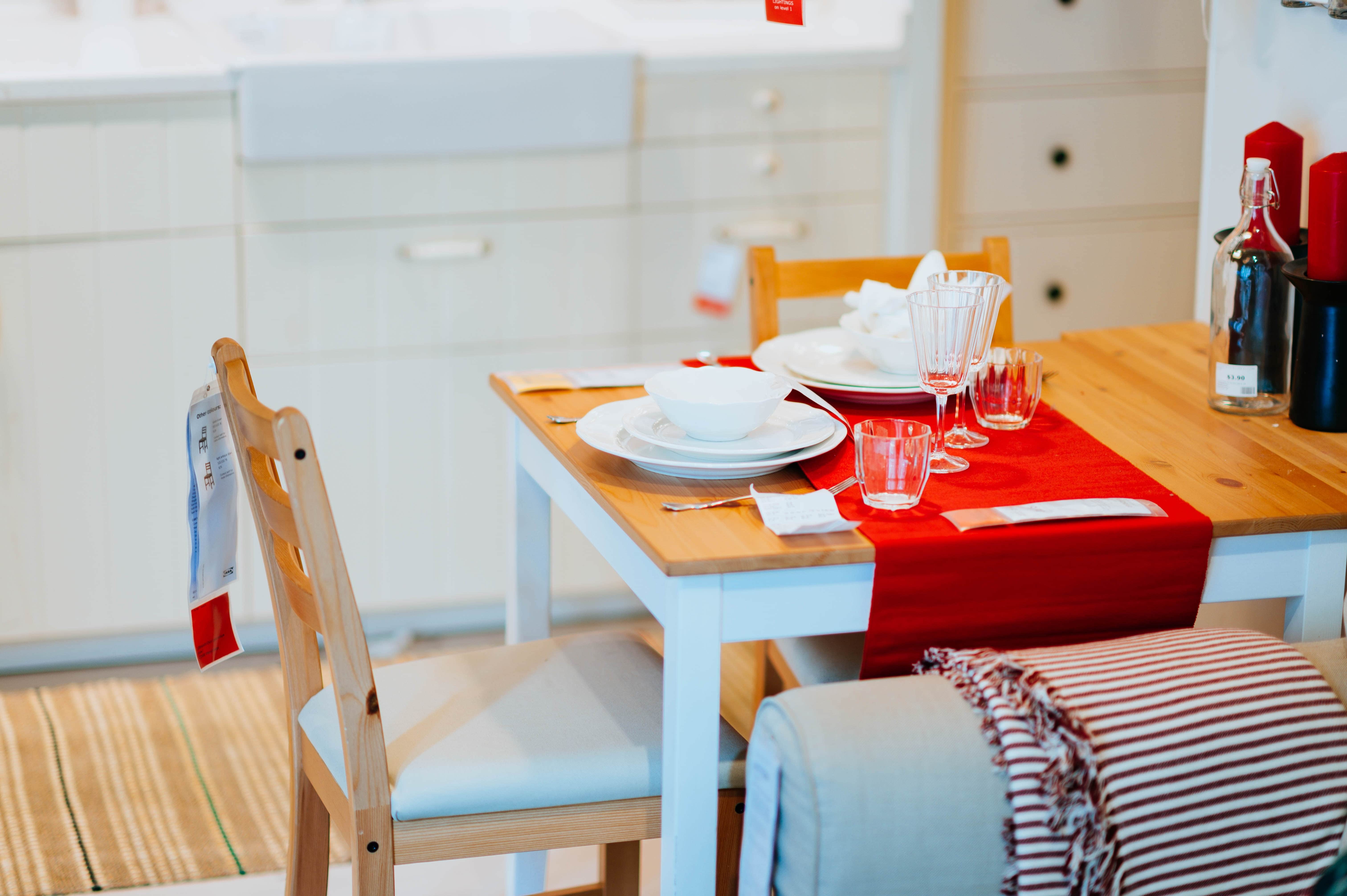
Hi, DBS Home Equity Income Loan interest should be fixed at 3.88% not 2.88% as stated